Pool Safety
Dive into Safety: Keeping Your Pool a Safe Haven
Summer is synonymous with swimming pools. The cool, refreshing water offers a welcome escape from the heat, and pools become hubs of family fun. However, the joy of swimming can quickly turn into tragedy if proper safety measures aren’t in place. Maintaining a safe swimming environment requires diligence and awareness of various factors, from water quality to physical surroundings. Let’s dive into the essential aspects of pool safety.
Water Quality: The Foundation of a Healthy Swim
The clarity and cleanliness of your pool water are paramount for the health and safety of swimmers. Here’s what you need to know:
pH Balance:
Maintaining the correct pH level (7.2 to 7.8) is crucial. An imbalanced pH can cause skin and eye irritation, and affect the effectiveness of chlorine.
Regular testing with a reliable pool test kit is essential.
Chlorine Levels:
Chlorine disinfects the water by killing bacteria and algae. The ideal free chlorine level is between 1 and 3 parts per million (ppm).
Consistent monitoring and adjustment are necessary to prevent the growth of harmful microorganisms.
Residual Chlorine Level:
This is the amount of free chlorine that is left after it has killed the bacteria. It is very important to maintain this level.
Regular Water Tests:
Weekly testing is recommended, but more frequent testing is necessary during periods of heavy use or after rainstorms.
Test kits or professional pool services can provide accurate readings.
Physical Safety: Preventing Accidents and Injuries
Beyond water quality, the physical environment of the pool area plays a significant role in safety:
Non-Skid Tiles:
Slippery surfaces are a major hazard. Using non-skid tiles on the deck and edges of the pool significantly reduces the risk of falls.
Smooth Edges:
Ensure all tile edges and pool surfaces are smooth to prevent cuts and scrapes. Avoid sharp edges.
International Guidelines:
Adhering to international pool safety guidelines ensures that your pool meets recognized safety standards. Check your local regulations as well.
Clear Depth Markings:
Clearly mark the depth of the pool at various points. This helps swimmers understand the water depth and avoid diving into shallow areas.
Color-Coded Depth Zones:
Using different colored tiles to visually distinguish between shallow and deep areas provides an extra layer of safety.
Diving Restrictions:
Clearly post “No Diving” signs in shallow areas. Enforce rules against unsafe diving practices.
Safety Equipment:
Keep essential safety equipment readily available:
Ropes and buoys to mark off deep areas or create a barrier.
Safety rings or life vests for rescue.
Hooks or poles for retrieving distressed swimmers.
An alarm system that alerts of a person entering the pool when they should not be there.
Adult Supervision:
Never leave children unattended near the pool. Constant adult supervision is crucial, especially for young children and inexperienced swimmers.
Pool Covers & Fencing:
Installing a safety pool cover, and fencing around the pool area, helps to prevent accidental falls into the pool when it is not in use.
Drain Safety:
Pool drains can create powerful suction. Ensure that all drains are equipped with anti-entrapment covers that meet safety standards. Educate children about the dangers of playing near drains.
Electrical Safety:
Keep electrical appliances away from the pool area. Ensure that all pool electrical systems are properly grounded and installed by qualified professionals.
Alcohol and Swimming:
Discourage the consumption of alcohol before or during swimming. Alcohol impairs judgment and coordination, increasing the risk of accidents.
First Aid Kit:
Keep a well-stocked first aid kit readily available, and ensure that someone present knows basic first aid and CPR.
Weather conditions:
Avoid swimming during thunderstorms or electrical storms.
A Proactive Approach to Pool Safety
Pool safety is an ongoing responsibility that requires vigilance and proactive measures. Regular maintenance, clear communication of safety rules, and constant supervision are essential for creating a safe and enjoyable swimming environment. By prioritizing safety, you can ensure that your pool remains a source of fun and relaxation for everyone.


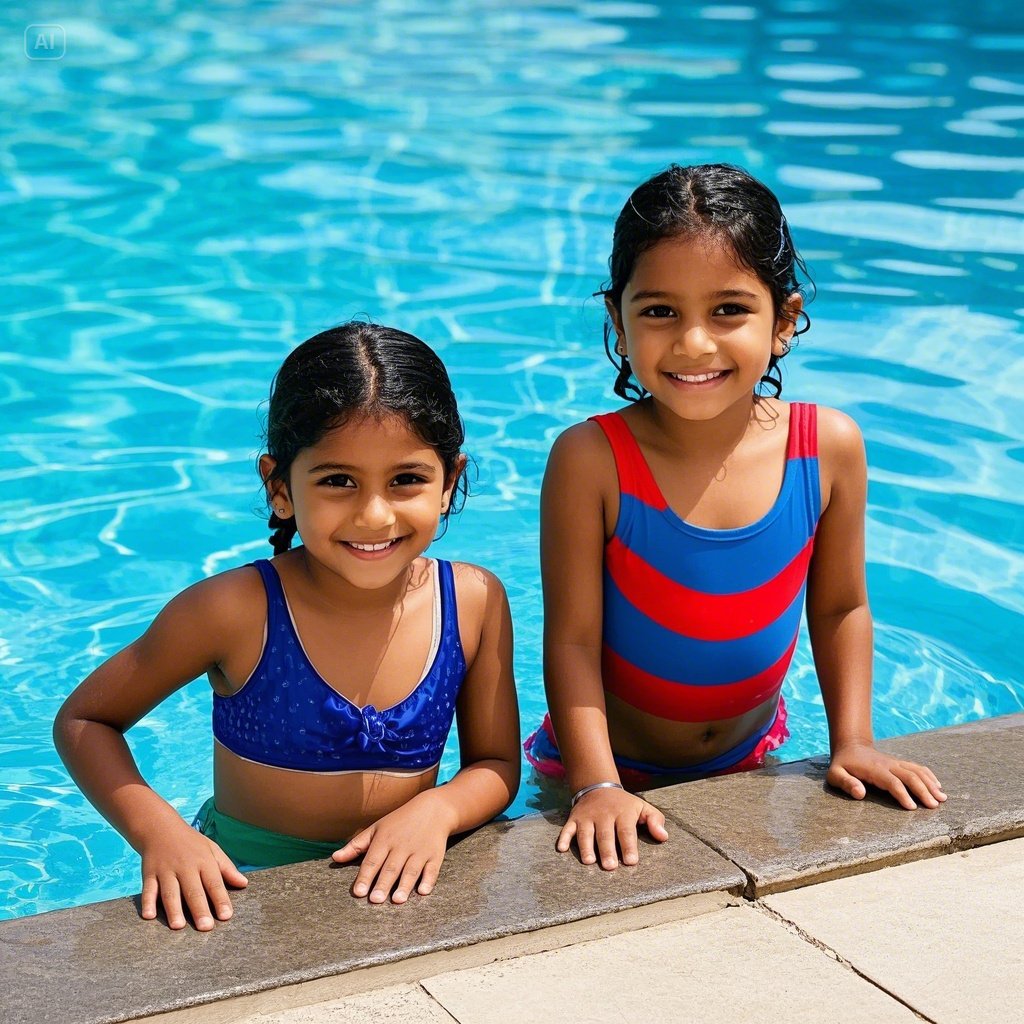
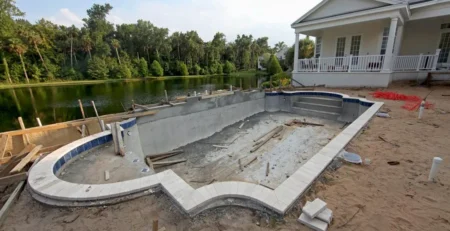

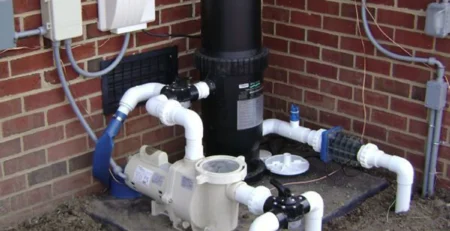
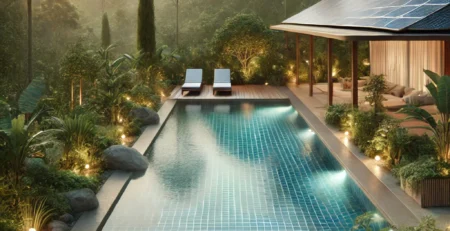
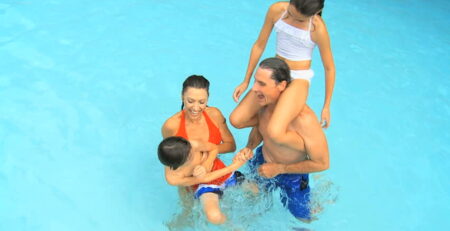
Leave a Reply